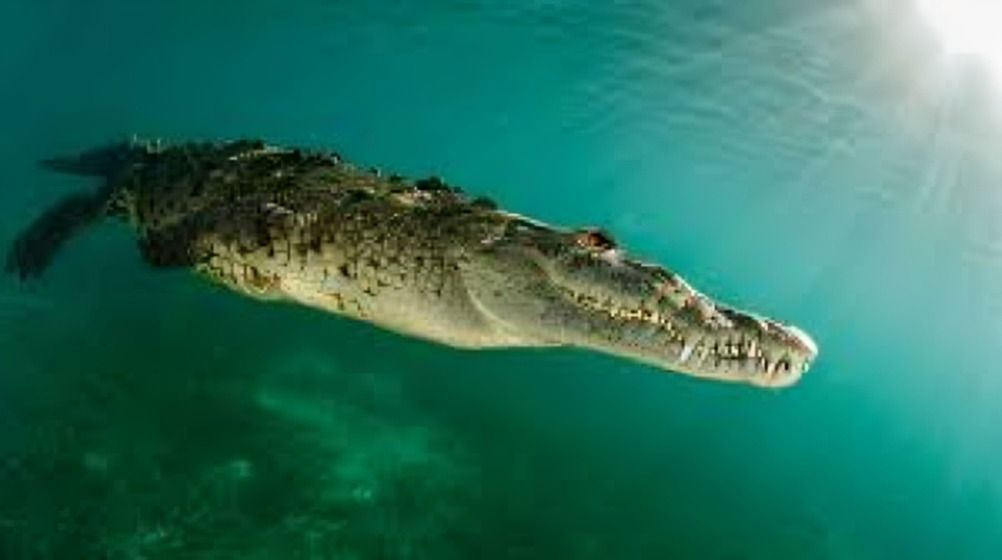
“
Salt water covers over 70% of our planet's surface, playing a vital role in sustaining life and shaping our climate. From its unique composition to the diverse ecosystems it supports, salt water holds countless mysteries waiting to be explored. Let's explore 20 fascinating facts about the Sea and Ocean.1
1
”
Within a gallon of typical ocean water, you’ll find approximately one cup of salt. Interestingly, the Atlantic Ocean is saltier than the Pacific. Most of this salt is good old sodium chloride—the same kind we sprinkle on our meals. 1

The Pacific Ocean, stretching over 63 million square miles, is the largest and deepest ocean on Earth. Its vastness not only influences global weather patterns but also supports a diverse array of marine life, from microscopic plankton to massive whales.
Coral reefs, such as the Great Barrier Reef, are highly diverse ecosystems that cover less than 1% of the ocean floor but support over 25% of marine species. They are vital for marine biodiversity and coastal protection. 2
Increasing carbon dioxide levels in the atmosphere are causing ocean acidification, threatening coral reefs and marine life. This process weakens coral skeletons and impacts the ability of shellfish and other organisms to build their shells or skeletons. 3
The Challenger Deep, situated beneath the Pacific Ocean southwest of Guam, holds the title for the deepest point on Earth. It plunges to a staggering depth of 10,994 meters (36,070 feet) below sea level. 4
Tides are caused by the gravitational pull of the Moon and the Sun on Earth's oceans. These tidal movements not only affect coastal ecosystems and navigation but also play a role in shaping Earth's geological features over millions of years. 5

Saltwater crocodiles, found in coastal waters from India to Australia, are the largest living reptiles. They are apex predators in their habitats, with powerful jaws capable of taking down large prey, including other marine animals.
Desalination plants worldwide convert seawater into freshwater, vital for regions facing water scarcity. This technology uses processes like reverse osmosis and distillation to remove salt and minerals. 6
Despite its name, the Caspian Sea is the largest enclosed inland body of water by area. Its salinity levels vary, with some areas being nearly freshwater due to inflows from rivers, while others are significantly saltier.7
Seawater is a natural electrolyte solution, conducting electricity more effectively than freshwater. This property is essential for various marine organisms' biological functions, including nerve impulses and muscle contractions. 8
Located in Utah, USA, the Great Salt Lake is a remnant of prehistoric Lake Bonneville. It is significantly saltier than the ocean and supports unique ecosystems adapted to its extreme conditions. 9
Ocean currents like the Gulf Stream play a crucial role in regulating global climate by transporting heat from the equator towards the poles. These currents influence weather patterns, fisheries, and even the distribution of nutrients in the ocean. 10
The Indian Ocean is home to diverse marine life, including unique coral reefs, large fish species like tuna and marlin, and numerous species of dolphins and whales. It also supports vital fisheries that sustain millions of people along its coasts. 11
Marine plants such as seaweed and phytoplankton are critical for ocean ecosystems and global oxygen production. They serve as primary producers, converting sunlight and nutrients into energy and oxygen through photosynthesis.12
Mangrove forests thrive in tropical saltwater environments, providing vital habitats for marine species and protecting coastlines by reducing erosion and shielding against storm surges. 13
Deep-sea exploration has uncovered incredible biodiversity, including new species, bioluminescent organisms, and potential medicinal compounds in previously thought inhospitable depths. 14
Saltwater fisheries provide a vital source of food and livelihoods for coastal communities worldwide. Sustainable management practices are crucial to prevent overfishing and preserve marine biodiversity. 15

The Arctic Ocean, covered by sea ice much of the year, is undergoing rapid environmental changes due to climate change. Its unique ecosystems support polar bears, seals, and other specialized species adapted to its cold, harsh conditions.
Oceanic circulation patterns, driven by temperature and salinity differences, help distribute nutrients and heat around the globe. This circulation influences weather patterns and climate stability on regional and global scales. 16
Surrounding Antarctica, the Southern Ocean plays a vital role in Earth's climate system by absorbing excess heat and carbon dioxide from the atmosphere. Its frigid waters support unique ecosystems adapted to extreme cold and seasonal ice cover.17


